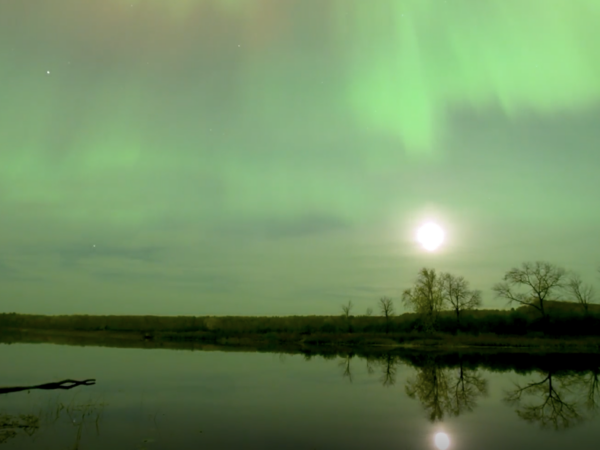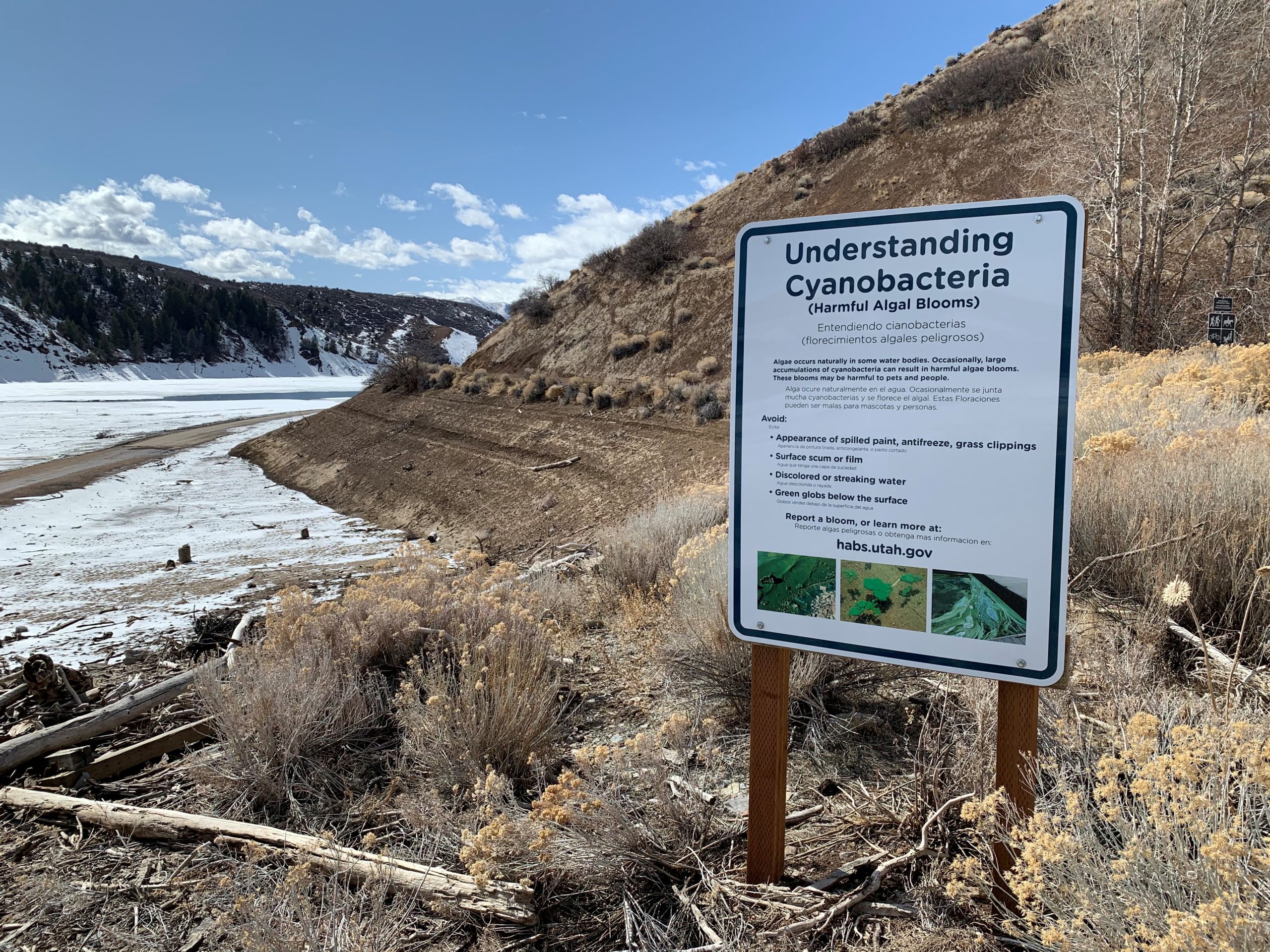
Contaminated drinking water, concentrated animal feeding operations, toxic algal blooms — these are all issues very familiar to those living around the Great Lakes. But these struggles aren’t unique to the region, and even on the West side of the United States residents are seeing similar problems crop up in their waters.
 “Tapped Out” is a series produced by eight newsrooms through a partnership with the Institute for Nonprofit News. The eight partners — California Health Report and High Country News; SJV Water and the Center for Collaborative Investigative Journalism; Circle of Blue; Columbia Insight; Ensia; and New Mexico In Depth — wrote a total of six stories covering water concerns in the West, including contamination, excessive groundwater pumping and environmental inequity.
“Tapped Out” is a series produced by eight newsrooms through a partnership with the Institute for Nonprofit News. The eight partners — California Health Report and High Country News; SJV Water and the Center for Collaborative Investigative Journalism; Circle of Blue; Columbia Insight; Ensia; and New Mexico In Depth — wrote a total of six stories covering water concerns in the West, including contamination, excessive groundwater pumping and environmental inequity.
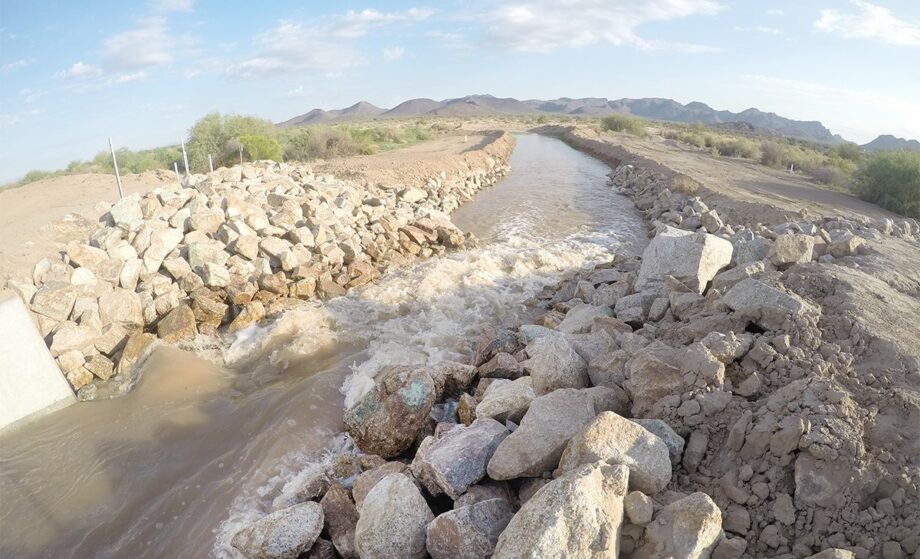
“A generational historic struggle to regain our water”
The Gila River Indian Community is ensuring that its members have long-term access to their own resources while helping solve broader water supply problems in the region.

Navajo-Gallup water delay spurs problem solving in arid Southwest
Early this year, five of Gallup, New Mexico’s 16 water wells stopped producing water, including two of its biggest. After a few days of maintenance, two worked. The other three were out of commission for more than a month. Had it happened in summer, the city might have asked residents to dramatically reduce use.
Watch Great Lakes Now‘s segment on a Michigan community facing a groundwater shortage:
API key not valid. Please pass a valid API key.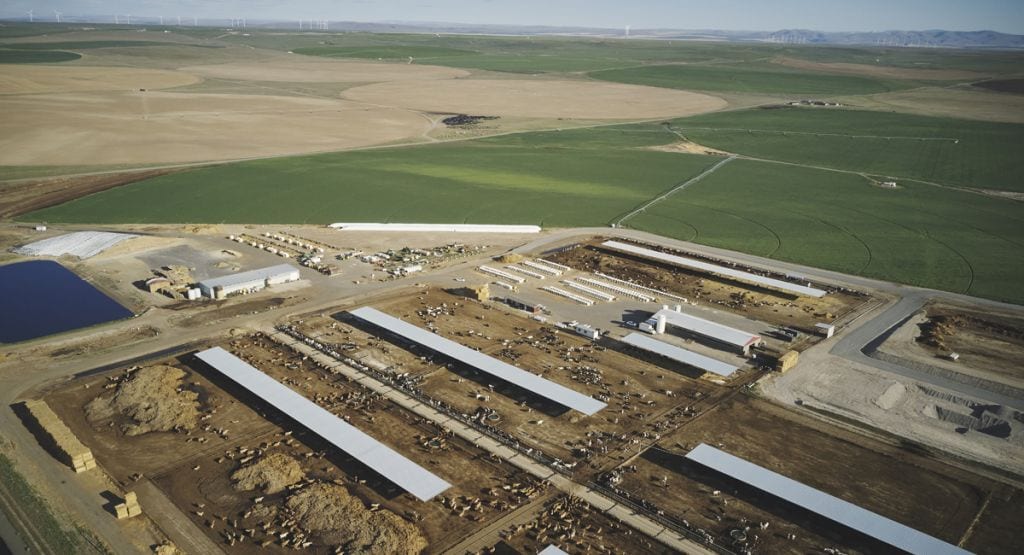
Cheese in the desert: Why mega-dairies are piping water onto Oregon’s shrub-steppe
An environmental coalition is lobbying for a moratorium on mega-dairies, which have proliferated in a water-challenged area of northeastern Oregon
Related stories on Great Lakes Now:
Wisconsin Supreme Court weighs state power to protect water from farm pollutants
Field Tiles: Continued use and improvement of drainage systems pose problems for Lake Erie
One Michigan county tells the story of a nation plagued by water pollution
Too few farmers are curbing pollution in Lake Erie. Should they be forced?
API key not valid. Please pass a valid API key.
‘I’m scared of getting sick from the water’
Some rural California communities have waited nearly a decade for state regulators to repair their tainted drinking-water systems.
Related stories on Great Lakes Now:
Q&A: How to protect against lead as Michigan waits for new water pipes
Chemical Impact: Microplastic pollution more complex than we think, says new research
API key not valid. Please pass a valid API key.
Toxic cyanobacteria choke water systems around California’s Clear Lake
Noxious algal blooms in California’s Clear Lake are complicating the water treatment process and increasing the cost of providing clean water in one of the state’s poorest counties.
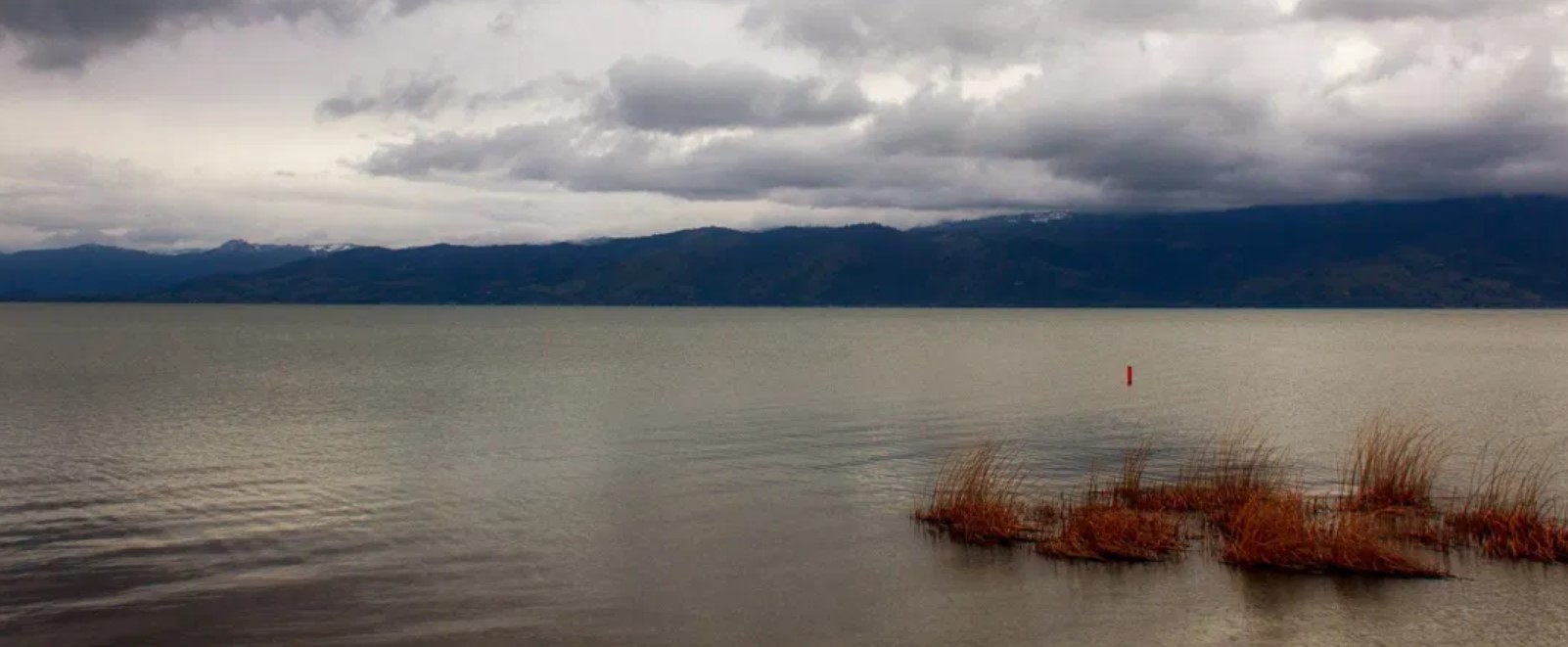
California Tribes call out degradation of Clear Lake
A plan to restore 1,400 acres of marsh where there are now fields and levees could increase Clear Lake’s wetland coverage by 70% and reduce phosphorus inputs for the lake’s upper basin by 28%.
Related stories on Great Lakes Now:
H2Ohio: Agency directors focus on wetlands, farmer subsidies, replacing lead lines
U of M team makes discovery about Lake Erie dead zone
Lake Superior Winter: Researchers belatedly turn their eyes to the impact of warming winters
API key not valid. Please pass a valid API key.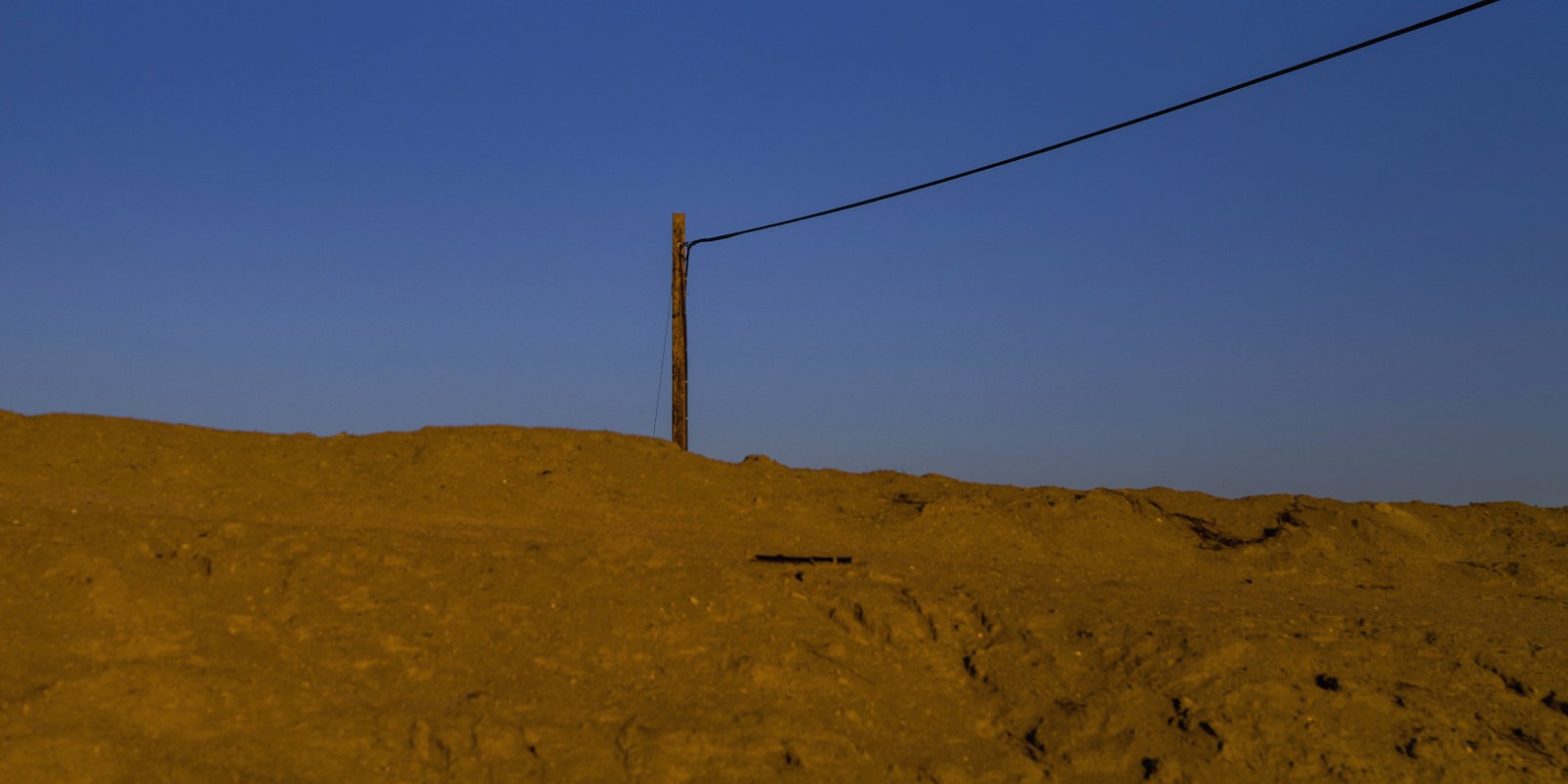
The central California town that keeps sinking
In California’s San Joaquin Valley, the farming town of Corcoran has a multimillion-dollar problem. It is almost impossible to see, yet so vast it takes NASA scientists using satellite technology to fully grasp.
Corcoran is sinking.
Featured image: Harmful algal blooms are a problem for Utah’s Jordanelle Reservoir. (Photo by Sandra Svoboda)




